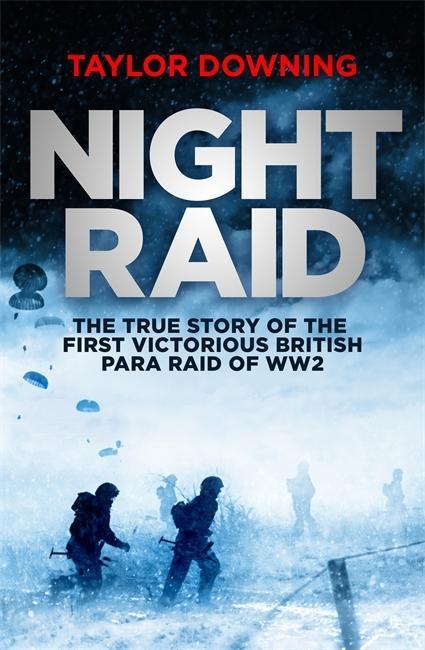Bücher versandkostenfrei*100 Tage RückgaberechtAbholung in der Wunschfiliale

Zustellung: Do, 10.04. - Mo, 14.04.
Versand in 6 Tagen
VersandkostenfreiBestellen & in Filiale abholen:
By 1941 the loss of British bombers over Occupied Europe had reached an alarming rate. Although some British scientists thought the Germans did not have radar, others argued they were very good at this newly developed science. Could it be that the Germans were using a sophisticated form of radar to direct their fighter planes and anti-aircraft guns at the British bombers with terrifying accuracy? Something had to be done.
British aerial reconnaissance had uncovered what seemed to be a small rotating tower on a remote clifftop at Bruneval, near Le Havre. The lives of thousands of Allied aircrew depended on understanding how the German early warning system operated and how it could be jammed. But who would capture the German technology, dismantle it and bring it safely home? The small band of men picked for the daring task were an entirely new breed of soldier - the first British paratroopers. The parachute regiment had only been formed a year before on Churchill's insistence. The planned airborne assault would be extremely risky. Every practice mission had ended in spectacular failure. The raid would test the men to the very limits of their abilities.
Taylor Downing draws on a wide range of contemporary sources to provide a truly gripping account of the mission, from the planning stages and the failed rehearsals to the night of the raid itself and the scientific secrets that were revealed thanks to the paratroopers' precious cargo. Night Raid fills an important gap in the historiography of the war with this much-needed account of one of the key turning points in the Second World War.
British aerial reconnaissance had uncovered what seemed to be a small rotating tower on a remote clifftop at Bruneval, near Le Havre. The lives of thousands of Allied aircrew depended on understanding how the German early warning system operated and how it could be jammed. But who would capture the German technology, dismantle it and bring it safely home? The small band of men picked for the daring task were an entirely new breed of soldier - the first British paratroopers. The parachute regiment had only been formed a year before on Churchill's insistence. The planned airborne assault would be extremely risky. Every practice mission had ended in spectacular failure. The raid would test the men to the very limits of their abilities.
Taylor Downing draws on a wide range of contemporary sources to provide a truly gripping account of the mission, from the planning stages and the failed rehearsals to the night of the raid itself and the scientific secrets that were revealed thanks to the paratroopers' precious cargo. Night Raid fills an important gap in the historiography of the war with this much-needed account of one of the key turning points in the Second World War.
Produktdetails
Erscheinungsdatum
28. Juni 1990
Sprache
englisch
Seitenanzahl
306
Autor/Autorin
Heinrich Heine, Peter Branscombe
Verlag/Hersteller
Produktart
kartoniert
Gewicht
367 g
Größe (L/B/H)
198/129/18 mm
ISBN
9780140420982
Bewertungen
0 Bewertungen
Es wurden noch keine Bewertungen abgegeben. Schreiben Sie die erste Bewertung zu "Heine" und helfen Sie damit anderen bei der Kaufentscheidung.








